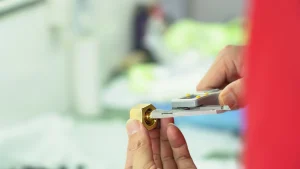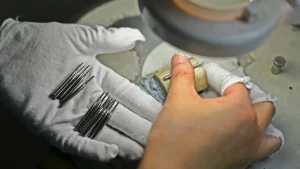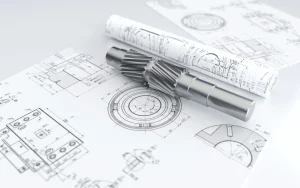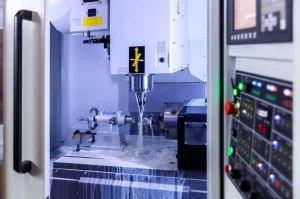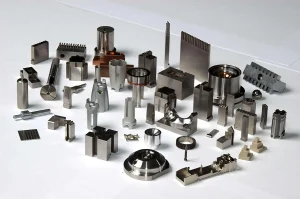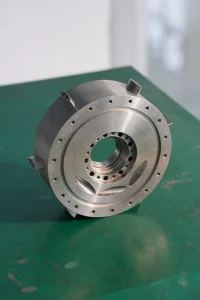塑料CNC加工零件: 不同模型的优势和缺点
在现代制造业中, plastic materials occupy an important position in CNC machining due to their diverse properties and cost-effectiveness. Different plastic models are suitable for different application scenarios, each with its own unique advantages and disadvantages. This article will introduce the performance of several common plastic models in CNC machining in detail and conduct a comparative analysis.
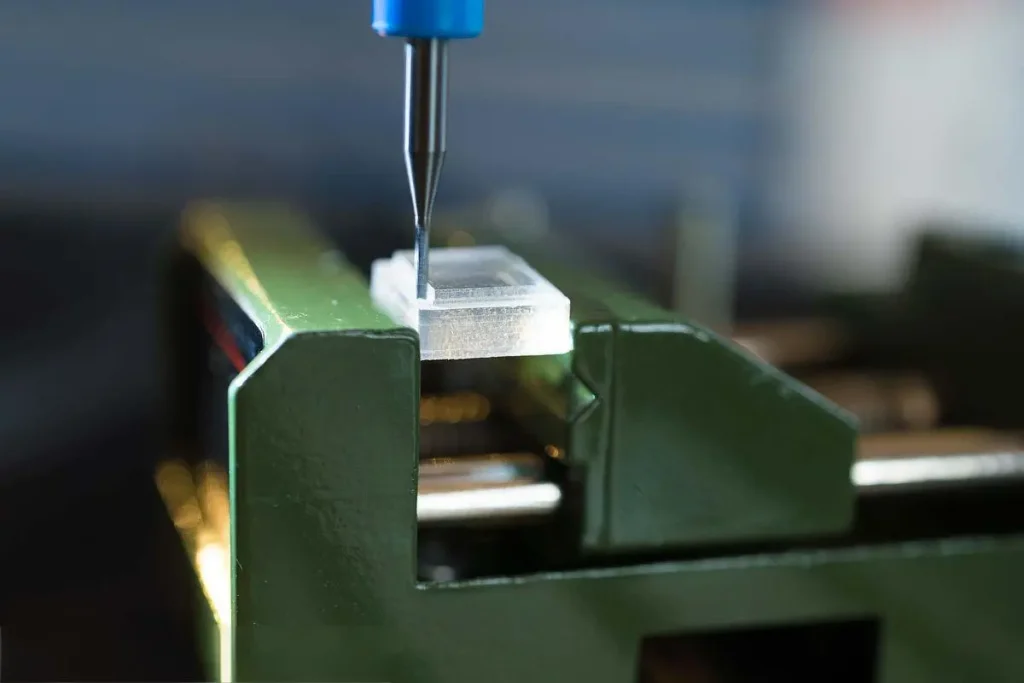
1. ABS塑料
优点:
Excellent impact resistance: ABS is a hard plastic that can absorb a lot of energy when impacted and is not easy to break.
Good processing performance: ABS is easy to be processed into various shapes by CNC, and the surface is smooth after processing.
成本效益: ABS material cost is relatively low and suitable for large-scale production.
缺点:
Limited chemical resistance: ABS has weak resistance to certain solvents and chemicals.
General heat resistance: It is easy to deform at high temperatures, which limits its use in high-temperature applications.
Flammable: Unmodified ABS is easy to burn and needs to be added with flame retardants to improve safety.
2. 尼龙 (聚酰胺)
优点:
High wear resistance: Nylon has excellent wear resistance and is suitable for manufacturing parts that need to withstand friction.
Good chemical resistance: It has good resistance to a variety of chemicals.
High strength-to-weight ratio: Nylon is strong and light, which is suitable for designs that need to be lightweight.
缺点:
Hygroscopicity: Nylon easily absorbs moisture, which may cause dimensional changes and reduced strength.
High processing difficulty: Precise processing conditions are required to avoid deformation and cracks.
3. 聚碳酸酯 (个人电脑)
优点:
Extremely high impact resistance: Polycarbonate is a very tough plastic that can maintain its impact resistance even at low temperatures.
高透明度: Suitable for applications that require transparent parts, such as optical equipment and protective covers.
耐热性好: It can be used at higher operating temperatures and has good thermal stability.
缺点:
Average wear resistance: Polycarbonate is not as wear-resistant as some other engineering plastics.
成本较高: Polycarbonate is more expensive than materials such as ABS.
4. 窥视 (Polyetheretherketone)
优点:
Excellent mechanical properties: PEEK has extremely high strength and rigidity, suitable for high-performance applications.
Excellent chemical and heat resistance: Excellent resistance to most chemicals and high temperatures.
Biocompatibility: Suitable for use in medical devices and implants.
缺点:
成本高: PEEK is a high-performance plastic with relatively high cost.
Difficult processing: Special processing techniques and equipment are required.
5. 高密度聚乙烯 (High-density polyethylene)
优点:
Good chemical resistance: Good resistance to a variety of chemicals.
Low cost: HDPE is an economical material choice and suitable for large-scale production.
Good weather resistance: Suitable for outdoor applications and not easily affected by UV rays.
缺点:
Lower strength: HDPE has lower strength and rigidity than other engineering plastics.
Limited heat resistance: Easy to deform at high temperatures, limiting its application in high temperature environments.
When choosing plastic materials for CNC machining, it is necessary to decide the most suitable plastic model based on the specific application requirements, 成本预算, and processing difficulty. 例如, for applications that require high impact resistance, ABS may be the best choice; while for applications that require high temperature and chemical resistance, PEEK may be more suitable. Understanding the characteristics and limitations of each plastic can help manufacturers choose the most suitable material to achieve the best processing results and cost-effectiveness.

